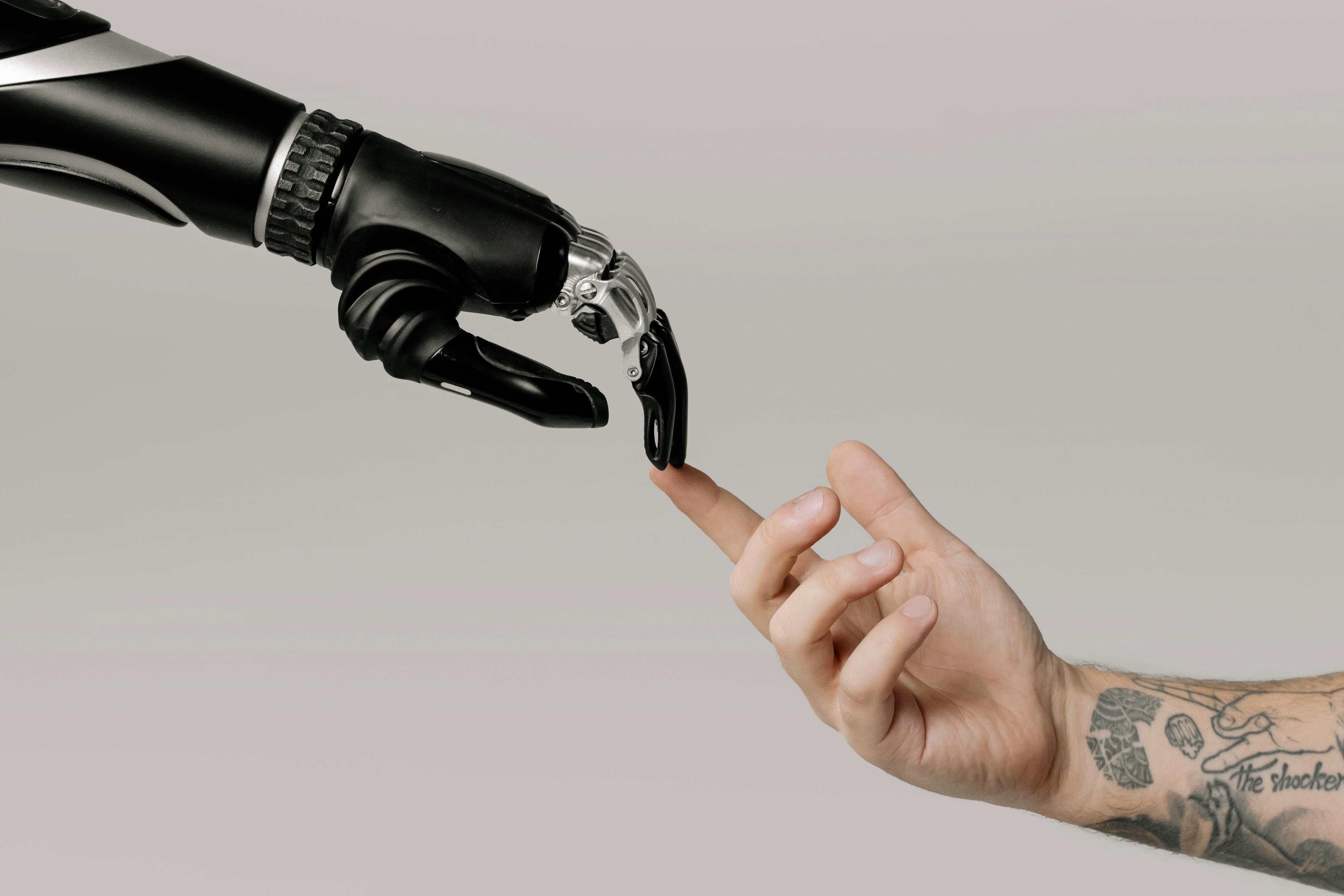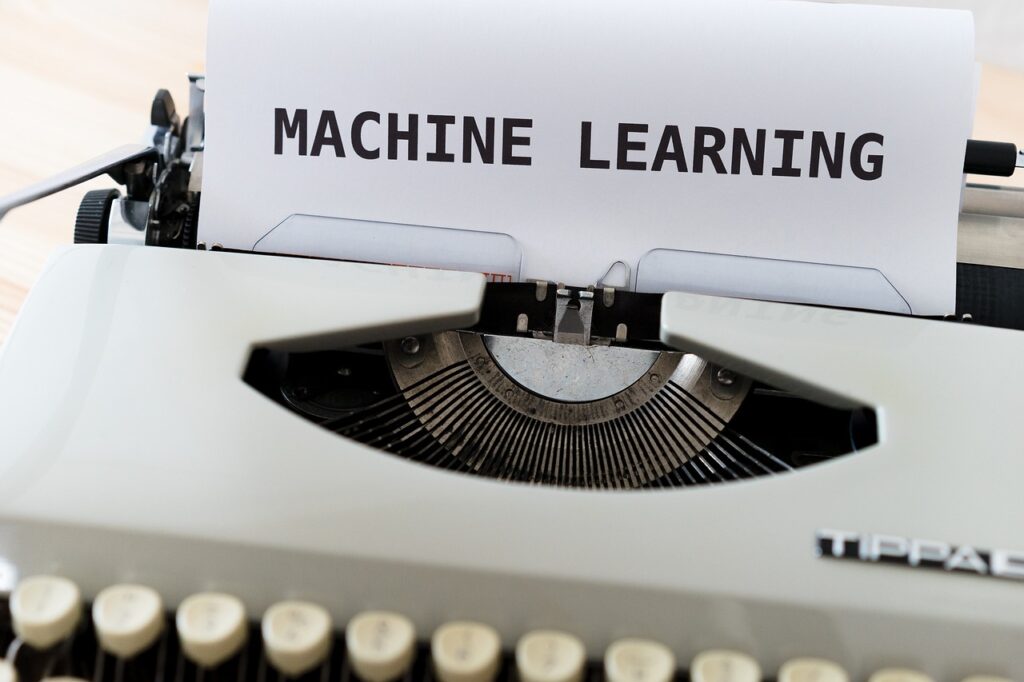
Artificial intelligence (AI) has become deeply integrated into our daily lives, often in ways we don’t even notice. From your morning routine to your evening entertainment, AI is behind many of the tools and services we use daily, streamlining tasks, enhancing user experience, and making decisions that save time and resources. With its growing influence, understanding where and how AI operates can provide a fascinating look at modern life and its tech-driven conveniences.
Below, we’ll explore ten subtle but impactful ways AI plays a role in the daily grind. These uses span various industries and settings, showing just how ubiquitous—and sometimes invisible—AI has become.
1. AI in Your Morning Routine
You wake up to an alarm that’s perfectly timed to your sleep cycle, and your smart speaker greets you with personalized news and weather updates. Have you ever wondered how this happens?
AI-powered smart alarms analyze your sleep patterns, ensuring you wake up at the optimal moment in your sleep cycle. This helps you feel less groggy and more refreshed.
Smart assistants like Alexa or Google Assistant adjust your home environment based on your preferences. They can set the temperature, control lighting, and even remind you of your day’s appointments—all with a simple voice command.
2. Navigation and Traffic Prediction
If you’ve used Google Maps or Waze, you’ve already experienced the power of AI. These apps predict the best route for you, saving time and frustration.
AI uses historical traffic data, real-time reports, and weather conditions to suggest the fastest routes. But it doesn’t stop there—these apps also learn your habits, adapting over time to suggest routes you’re most likely to take.
And if there’s a sudden accident or road closure, AI instantly updates your route to keep you on track, making your commute smoother without lifting a finger.
3. Social Media Content and Recommendations
You’re scrolling through Facebook, Instagram, or TikTok, and everything in your feed feels perfectly tailored to you. It’s almost like these platforms know exactly what you want to see. Well, they do—thanks to AI.
AI algorithms track your interactions—what you like, comment on, and share. Based on this data, the platform curates posts that you’re likely to engage with, keeping you hooked.
The more you interact, the smarter AI gets, learning deeper insights into your preferences. Over time, this leads to increasingly accurate suggestions, even if you didn’t know you wanted them!
4. Email Filters and Smart Replies
AI plays a crucial role in email services by categorizing messages and filtering out spam. Machine learning models analyze millions of emails to distinguish between spam and legitimate messages, constantly adapting to new tactics from spammers.
Additionally, smart reply features on platforms like Gmail suggest quick, contextually relevant responses, streamlining communication.
5. Online Shopping and Personalized Ads
Have you noticed how ads seem to follow you around the internet? That’s AI at work, tracking your browsing habits to make sure you’re shown products that match your interests.
E-commerce platforms like Amazon use AI to analyze your browsing and purchase history. Based on this, AI suggests products tailored to your preferences, often leading to impulse buys.
Many online stores use AI to recommend items based on your past purchases or what similar shoppers have bought. This helps you find exactly what you need—or didn’t know you needed.
6. Streaming Services and Content Recommendations
If you’ve ever binged a show on Netflix or discovered a new playlist on Spotify, you’ve encountered AI’s recommendations at work.
AI uses your viewing or listening history to predict what you might enjoy next. It compares your preferences with similar users to ensure you always have fresh content at your fingertips.
The more you use these services, the more AI refines its recommendations based on your changing tastes, helping you discover new content you may not have seen.
7. Financial Services and Fraud Detection
Your bank uses AI to protect your money, and I bet you didn’t even know it.
AI analyzes your spending habits to detect unusual activity. If a transaction doesn’t align with your usual pattern—such as a purchase in another country—it triggers a fraud alert.
AI also helps with budgeting and managing finances. Apps like Mint use AI to categorize your expenses, giving you insights into your spending habits and helping you save more effectively.
8. Customer Service Chatbots
The next time you chat with customer service, you might not be speaking to a human. AI-powered chatbots can handle basic inquiries, saving time for both customers and businesses.
AI chatbots are powered by natural language processing (NLP), allowing them to understand and respond to various questions. While they may not yet handle complex issues, they can resolve 80% of common customer concerns.
Chatbots are available 24/7, providing instant support. They can also learn from each interaction, becoming more effective over time and freeing up human agents for more complicated tasks.
9. Smart Home Devices
From smart thermostats to voice-controlled lighting, AI is transforming our homes into intelligent spaces.
AI in smart thermostats like Nest observes your temperature preferences throughout the day. It then adjusts the settings based on your routines, helping you save energy and stay comfortable.
Smart security systems powered by AI can recognize unusual activity and alert you to potential security threats, offering peace of mind when you’re not home.
10. Healthcare and Fitness Apps
AI is also revolutionizing the way we manage our health and fitness. From tracking steps to analyzing sleep patterns, AI plays a crucial role in wellness.
AI in fitness trackers like Fitbit or Apple Watch analyzes metrics, such as heart rate, steps, and sleep quality. It then offers personalized recommendations to improve your fitness.
In healthcare, AI is already being used to analyze medical data, helping doctors detect diseases earlier and more accurately. AI-assisted tools can review medical records and even spot early signs of conditions like cancer.
Conclusion
AI is increasingly embedded in our everyday lives, from smart home devices to personalized recommendations and beyond. While often invisible, these AI-driven technologies simplify daily routines, improve decision-making, and enhance user experiences.
Looking ahead, AI’s reach will likely deepen as advancements in machine learning and data analysis open up new possibilities. This could mean smarter health insights, more efficient energy use, and even more personalized services.
Staying aware of these developments will help us understand and responsibly harness AI’s potential for the future.

